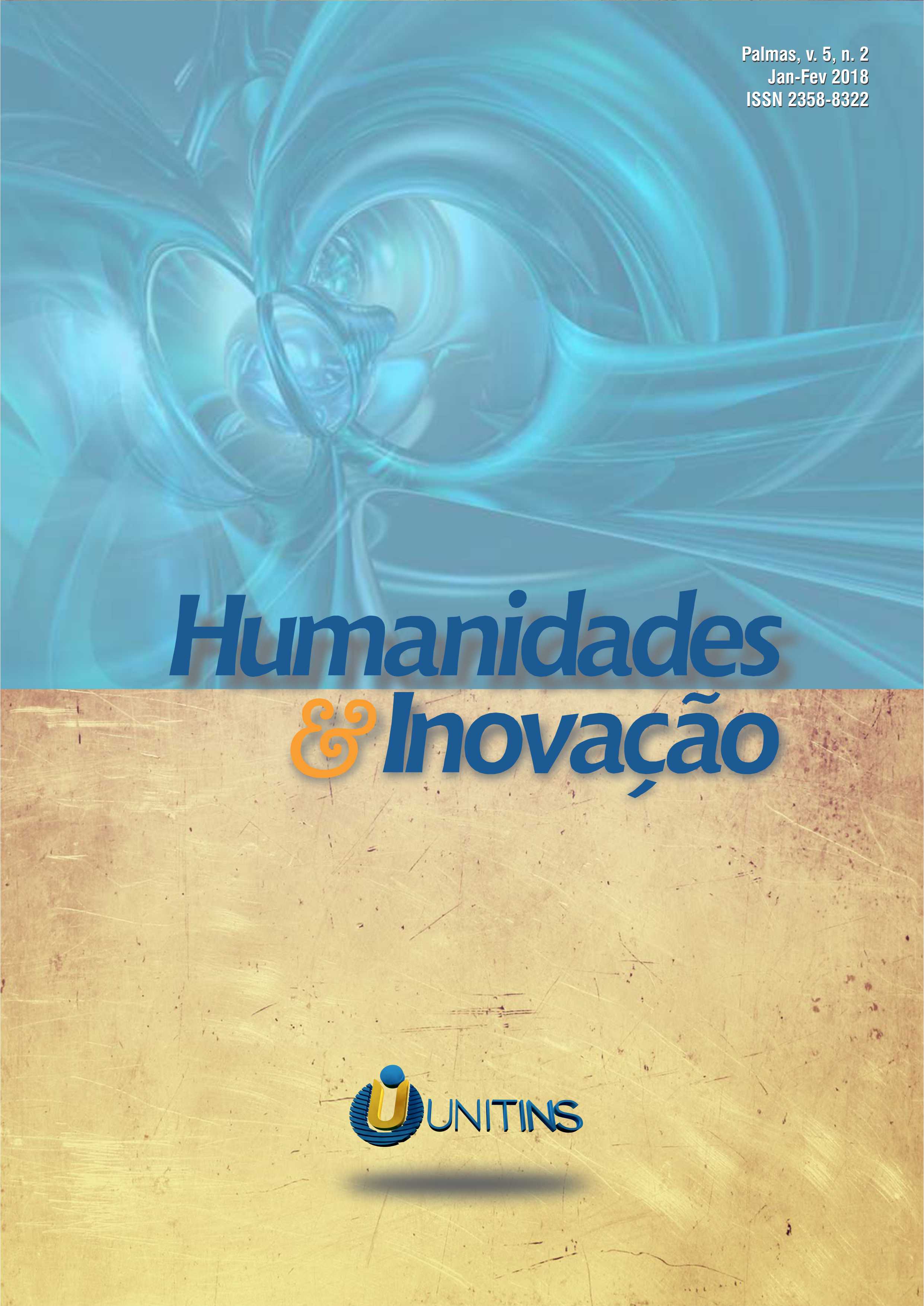STRATEGIC VAT PLANNING AS A SUSTAINABLE SOURCE OF INCOME FOR MUNICIPALITIES DURING 2017-2021
Résumé
Nowadays, the value added tax system plays a significant role in satisfaction of social, economic and budget related goals especially in terms of satisfaction of sustainable income sources for municipalities. With respect to lack of coherence, lack of autocorrelation and also normality of the population and consistence of the standard deviation, the present research has incorporated the linear regression model in addition to the ARMA time series. In addition, for the purpose of estimation of tax efforts and tax capacities the OLS method has been used. According to the results of the study, in spite of increase in the value added of products, consumer services and the per capita income; in contrast to the Caldor's and Salvatore's theories and as a result of the improper execution and improper distribution of the income of various sectors, the overall tax income of the province and the sustainable income sources of municipalities will not increase parallel to the mentioned rate. The following recommendations are aimed at moderation of the problem at hand: 1- value added tax should be received from the final consumer; 2- in order to increase the efficiency of resources and help with implementation of the article 44 of the constitution, the task of collection of taxes must be assigned to municipalities; 3- electronic commerce systems must be developed by the help of municipalities and guilds so that tax evasion and tax rent are avoided, resources are distributed in a more efficient manner and, tax payers are identified properly.
A submissão de originais para este periódico implica na transferência, pelos autores, dos direitos de publicação impressa e digital. Os direitos autorais para os artigos publicados são do autor, com direitos do periódico sobre a primeira publicação. Os autores somente poderão utilizar os mesmos resultados em outras publicações indicando claramente este periódico como o meio da publicação original. Em virtude de sermos um periódico de acesso aberto, permite-se o uso gratuito dos artigos em aplicações educacionais, científicas, não comerciais, desde que citada a fonte (por favor, veja a Licença Creative Commons no rodapé desta página).











